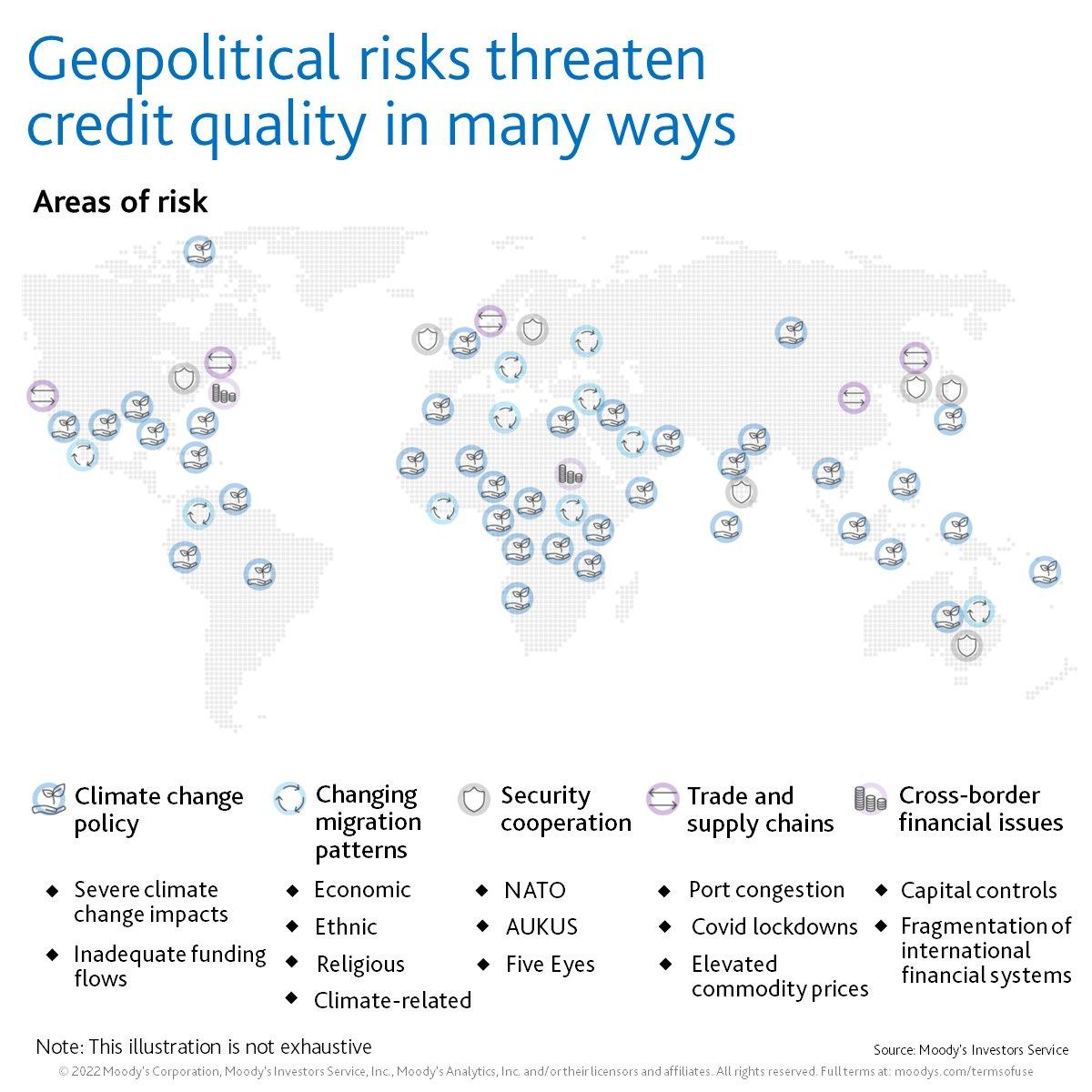In the ever-evolving landscape of global commerce, businesses are no longer confined by borders, but rather empowered by the limitless opportunities that lie beyond them. However, with great opportunity comes great complexity, particularly in the realm of cross-border financial regulations. Navigating this intricate web of rules and requirements is akin to mastering a high-stakes game of chess, where each move can have far-reaching consequences. For businesses eager to expand their horizons and tap into international markets, understanding these regulations is not just an advantage—it’s a necessity. This article delves into the critical insights and strategies that companies must grasp to successfully maneuver through the labyrinth of cross-border financial regulations, ensuring compliance while capitalizing on the vast potential of the global marketplace.
Navigating the Complex Landscape of International Compliance
In today’s interconnected world, businesses face a daunting array of financial regulations that span multiple jurisdictions. To thrive in this environment, companies must develop a keen understanding of the nuances of international compliance. This involves not only adhering to local laws but also navigating treaties, agreements, and the ever-evolving landscape of cross-border financial legislation. The stakes are high; non-compliance can lead to hefty fines, legal battles, and reputational damage.
Key considerations for businesses include:
- Understanding Regional Differences: Each region may have unique financial reporting requirements and tax obligations. Businesses must stay informed about these variations to ensure compliance.
- Adapting to Regulatory Changes: International financial regulations are constantly changing. Companies must be agile, updating their policies and procedures in response to new laws and guidelines.
- Implementing Robust Compliance Programs: Establishing a comprehensive compliance framework is essential. This includes regular audits, employee training, and leveraging technology to monitor compliance in real-time.
By embracing these strategies, businesses can confidently navigate the complexities of international financial regulations, positioning themselves for sustainable growth in the global marketplace.

Key Regulatory Challenges and How to Overcome Them
Navigating the complex landscape of cross-border financial regulations presents several challenges for businesses. Compliance is a primary concern, as companies must adhere to diverse regulatory frameworks across different jurisdictions. This often requires a deep understanding of local laws and the ability to adapt quickly to regulatory changes. Data privacy is another significant hurdle, with varying international standards on data protection, such as GDPR in Europe and CCPA in California, necessitating robust data management practices.
To overcome these challenges, businesses can implement several strategies:
- Invest in Compliance Technology: Leveraging advanced compliance software can help streamline processes and ensure adherence to multiple regulatory requirements.
- Engage Local Experts: Partnering with local legal and financial experts can provide invaluable insights into regional regulations and cultural nuances.
- Continuous Training: Regularly updating staff on the latest regulatory changes ensures that your team is well-equipped to handle compliance issues effectively.
By adopting these strategies, businesses can mitigate risks and thrive in the global market.

Strategic Approaches for Mitigating Cross-Border Financial Risks
In the complex realm of cross-border finance, businesses must adopt a multi-faceted strategy to effectively mitigate risks. One key approach is to establish a robust compliance framework that is adaptable to the ever-evolving regulatory landscape. This involves not only staying updated with the latest regulations but also implementing internal policies that ensure adherence. Regular training sessions for staff on compliance issues and engaging external experts for periodic audits can significantly bolster a company’s risk management capabilities.
Additionally, businesses should consider diversifying their financial operations across multiple jurisdictions to spread risk. This can be achieved by:
- Engaging in currency hedging to protect against exchange rate volatility.
- Forming strategic alliances with local partners who have a deep understanding of the regional market dynamics.
- Leveraging technology to enhance transparency and streamline cross-border transactions.
By integrating these strategies, businesses can not only safeguard their operations but also seize opportunities in the global market with greater confidence.
Harnessing Technology for Seamless Regulatory Adherence
In today’s interconnected world, businesses must navigate a labyrinth of cross-border financial regulations, which can often feel like a daunting task. However, with the strategic use of technology, companies can achieve seamless regulatory adherence, transforming what once was a cumbersome process into a streamlined operation. Advanced data analytics and AI-driven compliance tools are at the forefront of this transformation, offering businesses the ability to monitor transactions in real-time, predict compliance risks, and automate reporting processes. By leveraging these technologies, organizations can not only ensure compliance but also gain a competitive edge by minimizing operational disruptions and reducing costs.
- Real-time Monitoring: Implementing software that provides instant alerts on potential compliance breaches.
- Predictive Analytics: Utilizing AI to foresee and mitigate risks before they escalate.
- Automated Reporting: Streamlining the documentation process to meet diverse regulatory requirements efficiently.
By embracing these technological advancements, businesses can transform regulatory challenges into opportunities for growth and innovation, ensuring they remain compliant while also focusing on their core objectives.





